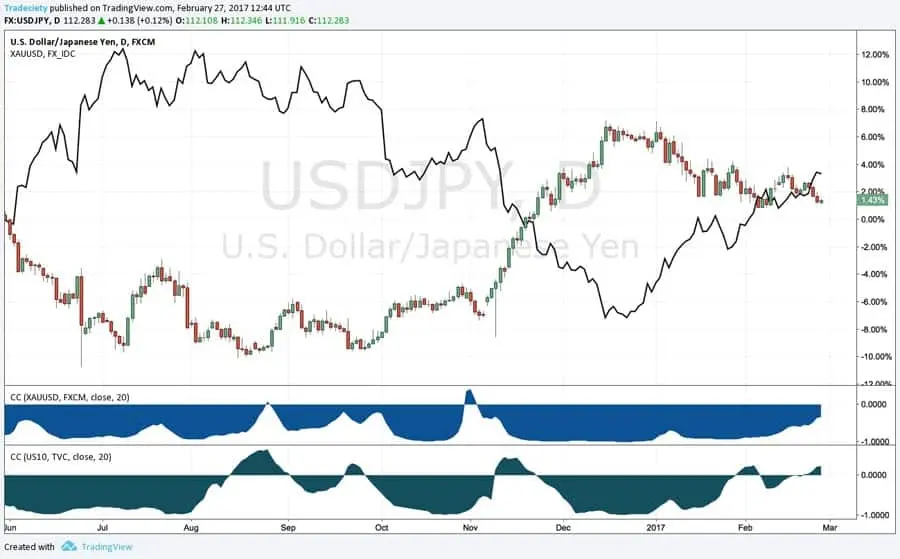GBP/JPY Market Dynamics for South African Traders
The GBP/JPY pair presents unique opportunities within the South African trading landscape, where market participants navigate the complexities of cross-continental currency dynamics. South African traders benefit from their strategic position between Asian and European markets, allowing them to capitalize on diverse trading windows. The sophisticated interplay between British and Japanese economic policies creates distinctive trading scenarios that require careful analysis and strategic planning. Understanding these dynamics is crucial for South African investors operating in the volatile forex environment.
South African Market Integration
Operating from the African continent provides distinct advantages for GBP/JPY traders. The Johannesburg Stock Exchange (JSE) trading hours overlap with key global sessions, creating unique opportunities for market participants. South African traders can leverage their geographical position to execute strategies during optimal trading windows. The local financial infrastructure, supported by advanced trading platforms and sophisticated banking systems, facilitates seamless access to international currency markets.
South African Trading Volume Statistics
| Year | Local Participation | International Flow | Market Share |
| 2020 | 32.5% | 67.5% | 1.2% |
| 2021 | 34.2% | 65.8% | 1.4% |
| 2022 | 35.8% | 64.2% | 1.6% |
| 2023 | 36.5% | 63.5% | 1.8% |
Strategic Trading Advantages
Regional Market Benefits
Strategic timezone positioning
Multiple session accessibility
Advanced trading infrastructure
Strong financial regulation
Regional economic influence
Cross-market correlations
Enhanced liquidity windows
Operational Framework
Sophisticated execution systems
Real-time market access
Advanced risk management tools
Multi-broker connectivity
Professional trading platforms
Regulatory compliance support
Market depth analysis
Advanced Market Analysis for South African Traders
The South African perspective on GBP/JPY trading requires a unique analytical approach, considering both global market dynamics and local economic factors. Professional traders in Johannesburg and Cape Town have developed sophisticated methods for market analysis, incorporating both traditional and innovative approaches.
Critical Market Indicators for SA Traders
Primary Market Drivers
- SARB monetary policy impacts
- ZAR correlation effects
- Commodity market influence
- Global risk sentiment
- Cross-border capital flows
- Emerging market dynamics
- Regional economic indicators
Secondary Market Factors
- African market sentiment
- Regional geopolitical events
- Local trading regulations
- Cross-currency correlations
- Institutional flow patterns
- Domestic market liquidity
- Inter-bank positioning
South African Trading Sessions Analysis
| Session Type | SA Time (SAST) | Market Activity | Volume Profile |
| JSE Open | 09:00-17:00 | High | Moderate |
| London/SA | 11:00-17:00 | Peak | Very High |
| Tokyo/SA | 02:00-10:00 | Moderate | Low-Medium |
| NY/SA | 15:30-22:00 | High | High |
Risk Management Framework for SA Markets
Position Management Protocols
- SA-specific risk parameters
- Local regulatory compliance
- Currency exposure limits
- Cross-border transaction rules
- Portfolio diversification strategies
- Hedging requirements
- Capital adequacy standards

South African Market-Specific Considerations
Local Trading Environment
- FSCA regulatory requirements
- Exchange control regulations
- Tax implications for forex trading
- Local broker considerations
- Banking infrastructure support
- Payment system integration
- Cross-border transaction limits
Technical Analysis Adaptation for SA Markets
Advanced Charting Perspectives
- ZAR correlation patterns
- Regional market influences
- Time zone-adjusted indicators
- Local volatility factors
- Custom indicator modifications
- Multi-timeframe analysis
- Market depth visualization
Risk Assessment Matrix for SA Traders
| Risk Factor | Impact Level | Mitigation Strategy |
| Exchange Control | High | Proper documentation |
| Market Access | Medium | Multiple broker relationships |
| Liquidity Risk | Medium-High | Session-based trading |
| Regulatory Risk | High | Compliance monitoring |
Frequently Asked Questions for SA Traders
How does South African exchange control affect GBP/JPY trading?
South African traders must comply with SARB exchange control regulations, which limit foreign exchange exposure to R10 million per calendar year for individuals, requiring appropriate documentation and reporting.
What are the optimal trading hours for GBP/JPY from South Africa?
The most favorable trading window is 11:00-17:00 SAST, when both London and SA markets are active, providing maximum liquidity and trading opportunities.
How do local economic events impact GBP/JPY trading in SA?
South African economic indicators, particularly those affecting ZAR strength, can create indirect opportunities in GBP/JPY trading through currency correlation effects.
What special considerations apply to SA-based forex traders?
SA traders must consider FSCA regulations, tax implications, local broker restrictions, and exchange control requirements when trading GBP/JPY.














